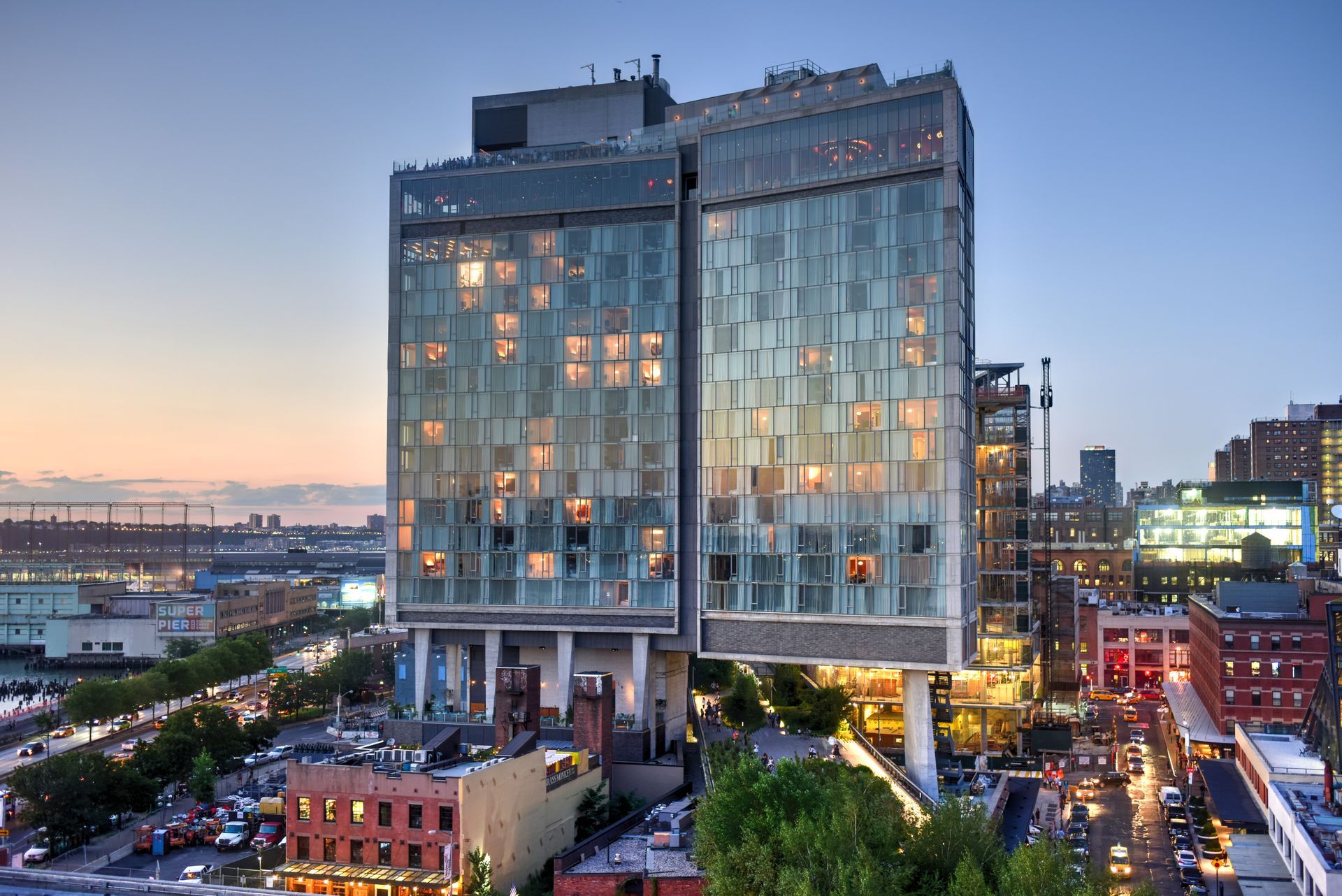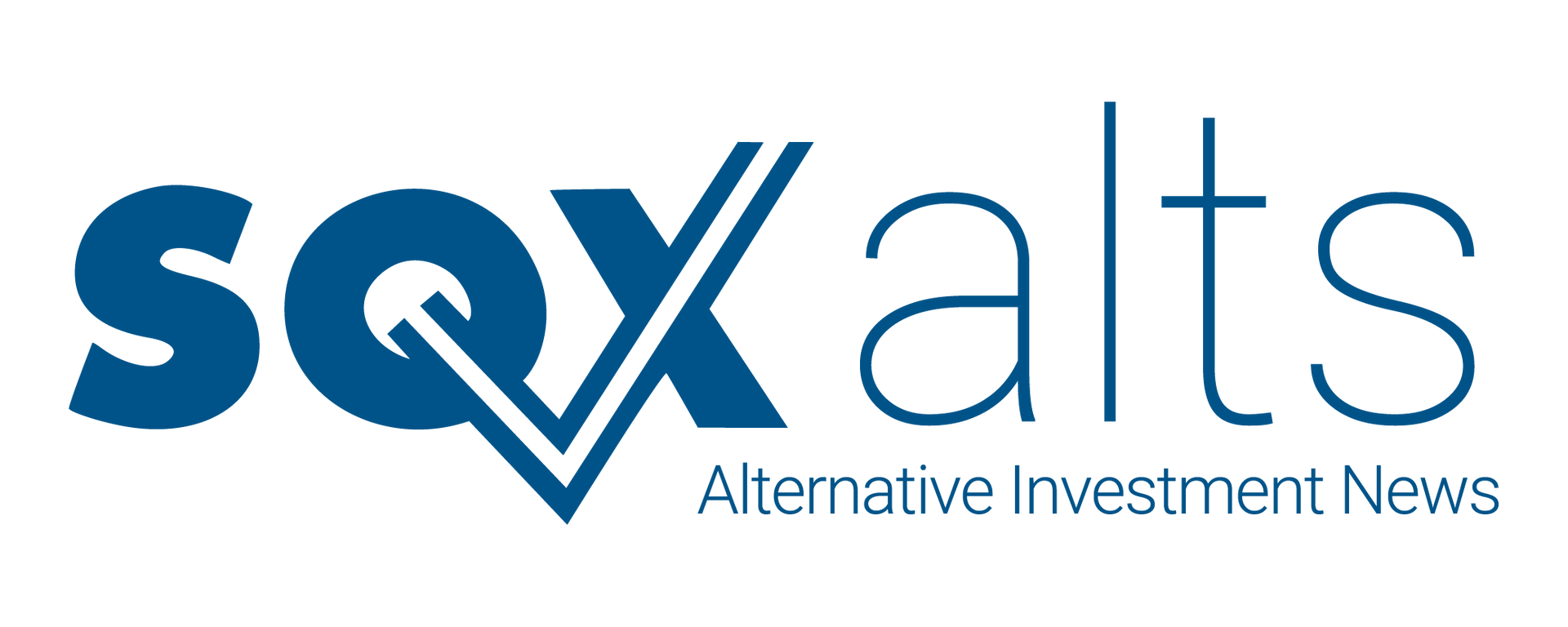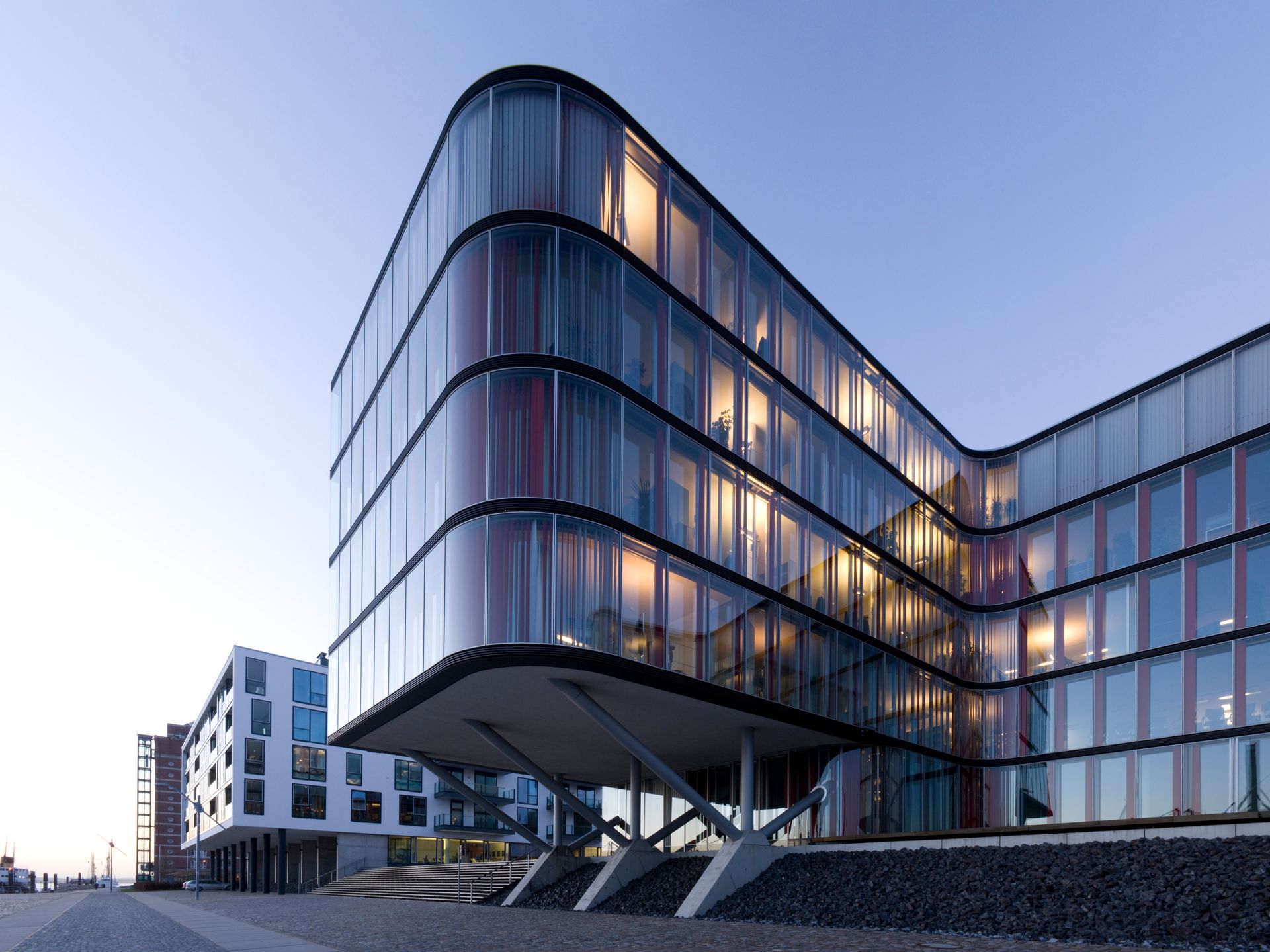Summit Hotel Properties Reports Strong Portfolio Performance
The lodging REIT focuses on capital allocation, portfolio evolution, and operational efficiency to drive long-term value.
February 25, 2025

Summit Hotel Properties, Inc. is sharpening its focus on efficiency, growth, and disciplined capital management. The company, which owns 97 lodging properties across 25 states, continues to invest in high-performing assets while adjusting its portfolio to optimize returns.
Positioning for Growth
Summit’s hotels are in prime locations. Most are in major metropolitan areas, and nearly all operate under brands like Marriott, Hilton, Hyatt, and IHG. These partnerships provide built-in demand, access to loyalty programs, and strong booking pipelines. The company’s strategy centers on acquiring properties with solid operating margins while offloading assets with lower revenue potential.
Joint ventures are a key part of Summit’s investment approach. The company partners with GIC, a Singapore-based investor, to acquire and manage assets that fit its portfolio criteria. These partnerships allow Summit to expand its footprint while maintaining financial flexibility.
Managing Capital and Debt
With $1.4 billion in outstanding debt—$710.5 million of which is tied to joint ventures—Summit prioritizes liquidity and a staggered debt maturity schedule to reduce refinancing risks. Its conservative approach balances:
- Cash flow from operations
- Asset sales
- Partner contributions
to ensure financial stability.
The company actively manages interest rate exposure, using tools like interest rate swaps to hedge against market fluctuations. By keeping debt in check and preserving access to capital, Summit positions itself to seize new opportunities when they arise.
Driving Operational Efficiency
Summit’s hotels run lean. By focusing on properties with efficient staffing models, the company maximizes profitability while minimizing exposure to labor cost volatility. Unlike full-service hotels, these properties require fewer employees, making operations more predictable and cost-effective.
Beyond staffing, Summit invests in property upgrades and sustainability initiatives. The company integrates energy-efficient systems, water conservation programs, and renewable energy sources into its hotels to enhance long-term asset value.
Adapting to Market Conditions
The hospitality industry continues to evolve. Business and leisure travel have rebounded, and Summit’s positioning in high-demand markets has kept occupancy levels strong. Still, challenges remain. Inflation, labor costs, and the rise of alternative accommodations all impact the competitive landscape. Summit’s strategy accounts for these factors, ensuring that it remains agile in shifting market conditions.
What’s Next
Summit is staying the course: acquiring high-margin properties, selling lower-performing assets, and optimizing operations. With its focus on efficiency, strategic capital deployment, and market adaptability, the company is well-positioned for long-term success.





